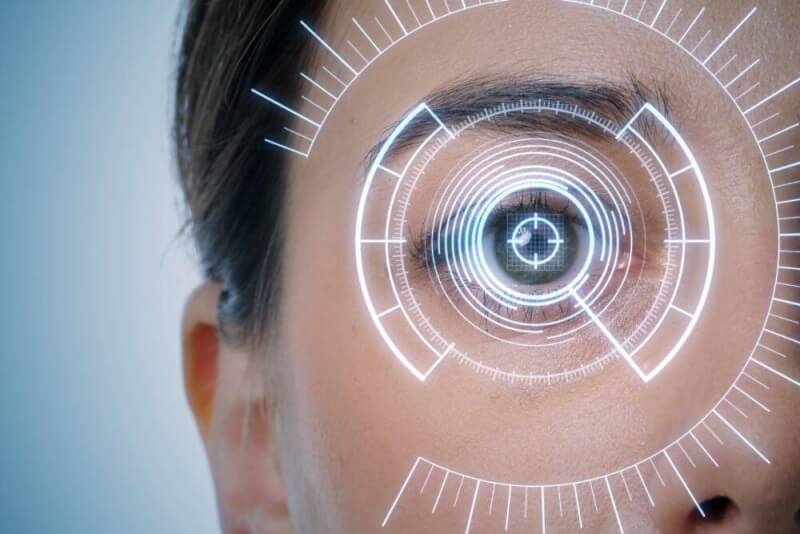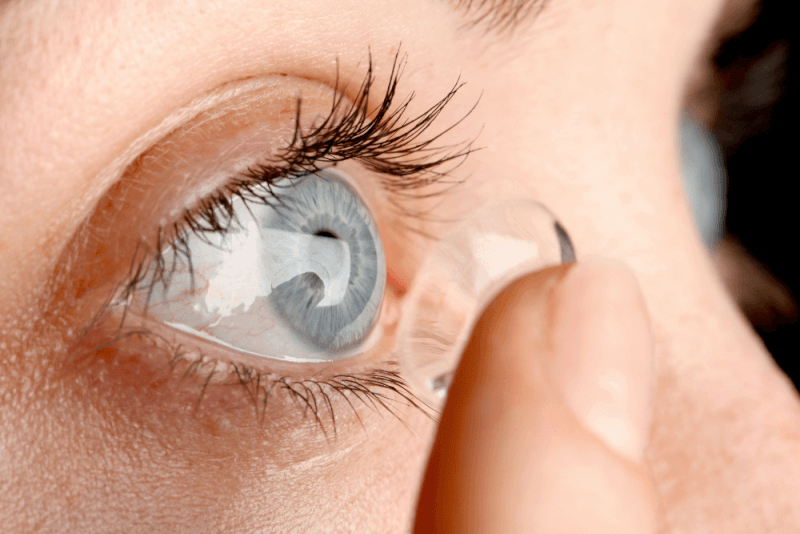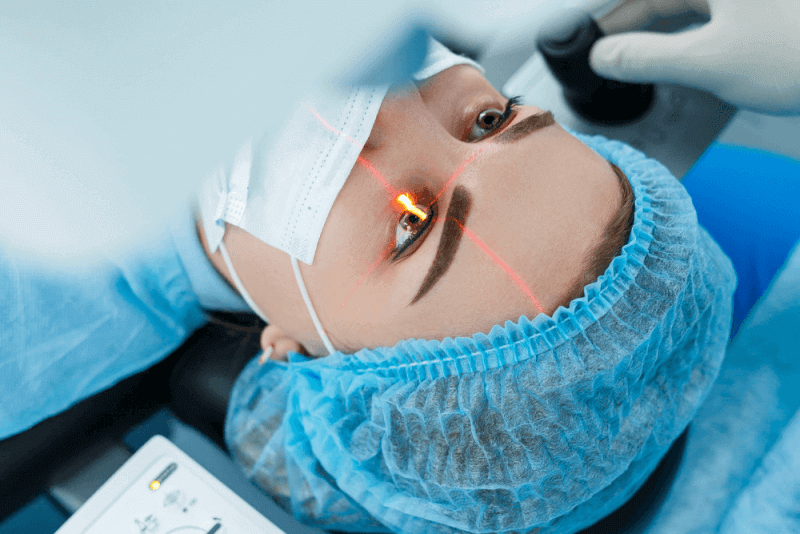What is a smart lens?
Although smart lenses used in the treatment of various eye defects are often confused with contact lenses, they are two completely different technologies. Smart lenses are prostheses produced with special technology and used instead of the lens of the eye. Smart lenses, which have an extremely clear structure, undertake the same task as the natural eye lens and transfer the light coming into the eye to the retina flawlessly.
In the early days of smart lens technology, monofocal lenses were used in patients who had problems with both near and far vision. For this reason, patients had to continue to wear glasses for the focus outside the selected focus. However, the smart lenses used today are multifocal. Thanks to these lenses, people who have problems with both near and far vision do not have to make a choice and naturally continue to wear glasses.
At the point where smart lens technology has reached today, lenses containing 3 foci are now used. These lenses are called smart lenses. Patients do not need to wear glasses after smart lens treatment. With this treatment, patients can easily read a book or see distant objects in detail. For this reason, we can say that today's most advanced lens technology is trifocal, that is, 3-focal lenses. Thanks to its 3 foci, patients can see all objects at close, medium and far distances in detail.
Working principles of smart lenses
Smart lenses basically take on the role of the natural and healthy lens of the eye. For this reason, it accurately refracts the light coming into the eye from various distances and delivers it to the focal point on the retina. It is also specially designed for patients to completely correct their visual impairment.
Smart lens surgery process
In smart lens surgeries, both eyes are not operated on at the same time. A few days after one eye is operated on, the second eye is operated on. It is an operation that takes about 10 minutes for each eye. Local anesthesia is applied with eye drops. However, in rare cases, general anesthesia is also possible. Patients are discharged on the day of operation.
In smart lens surgery, which is a painless operation, the natural lens in the eye is first removed. Afterwards, the smart lens suitable for the patient is placed in place of the natural lens and the operated eye is covered with a bandage. The bandage is removed by the physician the day after the operation and the patient resumes his/her daily life on the same day.
Blurred vision after smart lens surgery
It is common for patients to complain of blurred vision after smart lens operations. Patients' blurred vision may be due to the lens adaptation process or due to small deviations in the lens size. In addition, the reasons for blurred vision after smart lens operations include the following:
- The most common cause of blurred vision is corneal edema.
- Wound healing process
Blurred vision resolves spontaneously within a few months after the operation. The blurring caused by the difference in lens number can be easily removed with laser treatment.
Who wears smart lenses?
In order for smart lenses to be applied, various areas of the patient's lens must lose clarity. In addition, smart lens treatment can also be used if the lens of the eye does not fulfill its functions in a healthy way. Finally, smart lenses, which are frequently used in cataract treatment, are removed from the lens capsule and replaced with smart lenses.
Side effects of the smart lens
Although smart lens treatments have a high success rate and patients do not need to wear glasses, they may have some side effects.
Light phenomena
People who have had smart lens treatment often find the side effect called light phenomenon mildly uncomfortable. Over time, they can easily get used to this situation. Light phenomena occur in the form of glare in areas of low illumination or halos around light sources at night. It also causes a higher degree of visual impairment and dysphotopsia because smart lenses focus light from different distances.
Decreased contrast sensitivity
Another problem caused by smart lenses is reduced image quality. This is because the lenses sacrifice some image quality in order to transmit light from different distances to the retina.
How is the smart lens fit test performed?
Patients should be examined in detail before the smart lens operation. With these examinations, cataract or visual defect is clearly determined in patients. All these problems can be understood with an examination that takes about half an hour.
The eye examination also determines the power of the eye lens using biometry. Methods such as USM or SPM are extremely important in diagnosing cataract disease and determining whether they are suitable for surgery.
Finally, it is also necessary to understand whether the patients have eye pressure. If there is any retinal problem in patients, then a fundus examination should also be performed. The reason for these examinations is that other diseases such as glaucoma, which may be seen in addition to visual defects, may prevent smart lens treatment. After these examinations, treatment will be applied if the patients are suitable.
Smart lens brands
There are hundreds of smart lens manufacturers all over the world. However, only a limited number of these have received FDA approval. Among the most frequently used smart lens brands in both America and Europe are the following.
- American Alcon: The American brand Alcon is an FDA approved smart lens. The brand, which has smart lenses with different features, also has products that are not standard smart lenses but imitate smart lenses. Since these lenses consist of intertwined rings, they are not included in the standard definition of smart lenses. However, it can be applied to patients with cataracts and severe visual impairment.
- German Zeiss Made in Germany and offering many different solutions for visual defects, Zeiss is one of the most frequently used brands in smart lens operations.
Although lens brands are similar to each other in terms of quality, their advantages and disadvantages differ. For this reason, it is extremely important to choose the brand that is most suitable for patients.
Differences between smart lens and laser
Although smart lens and laser surgeries are two treatment methods used in the treatment of visual impairment, they are different techniques. The main differences in both methods are as follows:
- In smart lenses, the natural lens in the eye is replaced with an artificial lens through surgery. However, in laser treatment, the corneal layer is shaped with laser beams.
- Smart lens treatment replaces the natural eye lens and treats visual impairment, providing clear vision. Laser treatment increases the focusing power of the cornea. In this way, visual defects such as hyperopia, myopia and astigmatism are treated.
- A permanent correction is provided with a smart lens. Laser treatment may lose its effect due to changes in the cornea over time.
Things to consider when choosing a smart lens
In order to get the maximum benefit from smart lens treatment, there are some points that patients should pay attention to when choosing. Patients with diabetic retinopathy, glaucoma, markular degeneration and diabetic macular edema are not suitable for trifocal lenses due to changes in the eye structure. Even in the early stages of these diseases, there will be changes in the eye structure, so they are not among the suitable patients. For this reason, people with the above-mentioned diseases should discuss alternative treatment options with their doctors.







